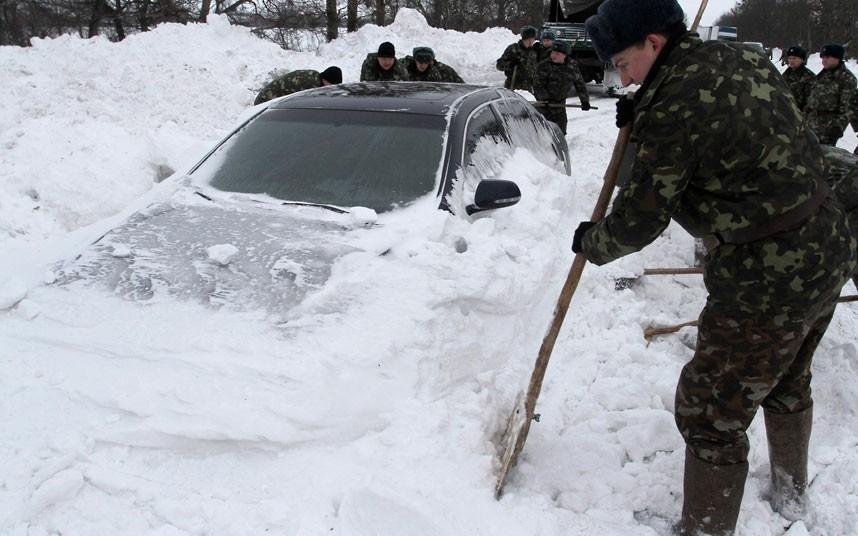Extreme Weather Gripping the U.S.
January 30, 2015
With the arrival of 2015, most of the continental United States has seen weather far more drastic than that even of last year. California has been in the grips of a brutal El Niño following a years-long drought, and the Midwest along with the Atlantic Seaboard has been hit with a second polar vortex, ushering in bitterly cold temperatures and large amounts of snow.
As of November 26, 2014, 80 percent of the state of California along with neighboring states was determined to be in a period of severe drought by the U.S. Drought Monitor. For nearly 15 years, the state has been receiving amounts of rain far, far below normal. Consequently, water shortages, wildfires and blackouts have been very persistent issues that have cost the state large sums of money. This all seemed to take a turn last year when oceanographers noticed a sudden warming of the Pacific Ocean’s waters. At first it wasn’t taken as much of any news, yet water temperatures slowly kept climbing and climbing. The result of this–an El Niño. For the western United States, an El Niño means lots and lots of rain throughout late fall, winter and early spring due to ocean water evaporation caused by warm sea temperatures. For most, the coming 2014-2015 El Niño was seen as a blessing, but in some ways it turned out worse than expected.
Once the storms began to pound the West Coast, people weren’t prepared for what they were in for. Sure, the rain refilled reservoirs and quenched some of the parched land’s thirst, but mudslides and flooding stole the spotlight. Due to the added weight of rainwater, many hills and cliffs in Northern California began to collapse and mudslides ran rampant. Huge amounts of thick, wet mud caused roads to be wiped out and homes along with many lives were lost in these natural disasters. Flooding also became a huge issue in Southern California, where rain had no where to run off of the flatter terrain. Inches of water that fell in a matter of days covered city streets and even flooded subway systems. Many cities had to block off roads and bridges with the use of any mode of transportation now impossible. People were essentially stranded in the flood waters, and had to wait out the rain until help could be reached.
Estimates claim that about 2 billion gallons of rain have been dumped on California so far, when it will take trillions to reverse the effects of the state’s unprecedented drought.
Apart from the West, this year the East and Midwest have once again been plagued by the now infamous polar vortex.
A polar vortex is defined as a large mass of freezing Arctic air that is pushed southward by the Jet Stream, bringing bone-chilling temperatures and large amounts of snow.
Much of the U.S. is braving a second consecutive winter with a vortex affecting temperatures and snowfall. In the Great Plains, temperatures plummeted to nearly -30 degrees minus wind chill in many cities. The East is feeling the repercussions as well, but not as severe. Right here in Weedsport temperatures have recently dropped to -15 to -20 degrees at night although snow hasn’t been a huge issue, luckily. States such as Colorado have not been as fortunate as some places have received upwards of a few feet in a matter of days. Experts claim the vortex will stick around for just as long as it did last year, but only Mother Nature can decide what will happen as of now.
Another winter with the polar vortex is expected next year.
Hopefully these extreme conditions will subside as 2015 moves along, and we can all go outside without fearing Mother Nature will have some new disaster or crazy weather condition to throw at us.
